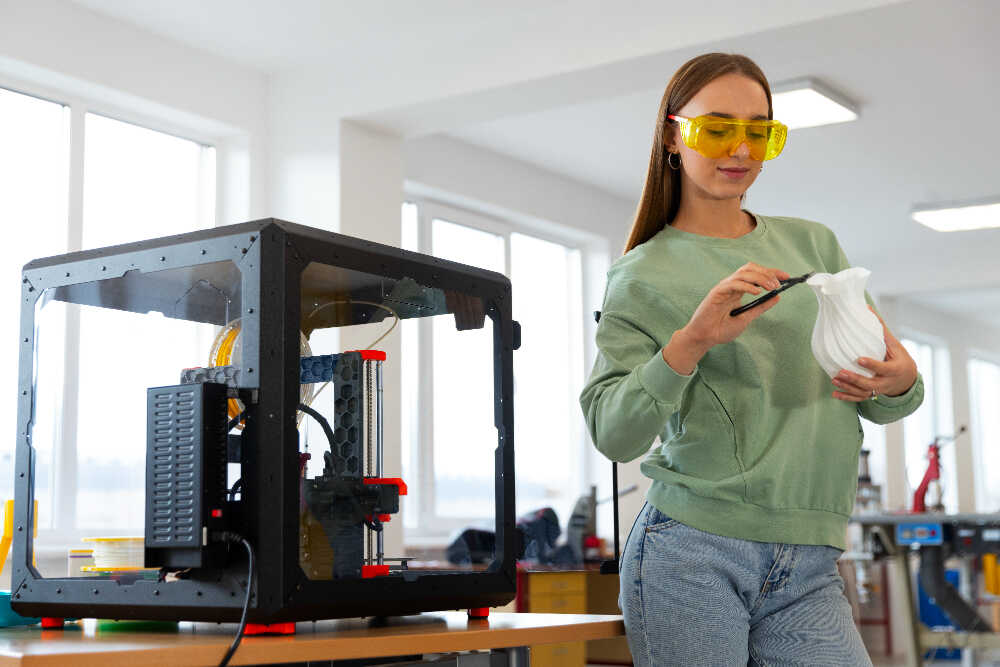The construction industry is on the cusp of a technological revolution, and 3D printing is at the forefront of this transformation. What was once a concept confined to science fiction has become a viable, cost-effective, and innovative solution that is reshaping how we design, build, and think about construction projects. For civil contractors, embracing 3D printing is not just about staying ahead of the curve—it’s about unlocking unparalleled possibilities in efficiency, sustainability, and creativity.
Unmatched Speed and Efficiency
One of the most remarkable advantages of 3D printing in construction is the speed at which structures can be built. Traditional construction methods often involve lengthy timelines due to the complexities of material sourcing, labor coordination, and on-site assembly. With 3D printing, entire structures can be fabricated in days, not months.
Take the example of small homes or emergency shelters. Using advanced 3D printers, construction companies have created livable spaces in under 24 hours. For contractors managing tight deadlines, this capability transforms how projects are planned and executed, reducing delays and driving productivity.
Cost Savings for Contractors and Clients
Construction costs have always been a concern for both contractors and clients. The use of 3D printing technology can significantly lower these costs by reducing material waste and minimizing labor requirements. Instead of relying on large teams to assemble structures piece by piece, 3D printers lay down materials with precision, using only what is necessary.
Additionally, the ability to print custom components directly at the construction site eliminates the need for expensive transportation and storage. For civil contractors, these savings can be passed on to clients, making 3D printing a competitive advantage in securing projects.
Sustainability in Focus
Sustainability is no longer optional in construction; it’s a necessity. The traditional construction industry is a major contributor to global waste and carbon emissions, but 3D printing offers a greener alternative. By using eco-friendly materials, such as recycled plastics or concrete infused with sustainable additives, 3D printing helps reduce environmental impact.
Moreover, the precision of 3D printing ensures minimal waste, as the technology prints only the required amount of material. For contractors who prioritize green building practices, this innovation is a game-changer in meeting sustainability goals while appealing to environmentally conscious clients.
Design Freedom and Customization
3D printing also opens doors to architectural creativity that traditional methods cannot match. Complex designs, intricate facades, and unique structures can be produced with ease, allowing architects and contractors to push the boundaries of what’s possible.
For civil contractors, this means offering clients a level of customization previously unattainable. Whether it’s a futuristic commercial building or a uniquely designed residential property, 3D printing empowers contractors to bring bold visions to life, ensuring projects stand out in a competitive market.
The Future is Now
As 3D printing technology continues to evolve, its potential in civil construction is only beginning to be realized. From lowering costs and improving sustainability to enabling rapid construction and fostering design innovation, the benefits are undeniable.
For civil contractors, the message is clear: 3D printing is not just a trend—it’s the future. Companies that invest in this technology today will lead the way in shaping the cities of tomorrow, one layer at a time. If you’re ready to explore what 3D printing can do for your next project, the time to act is now.
The future of construction is here, and it’s being printed. Are you ready to build it?

